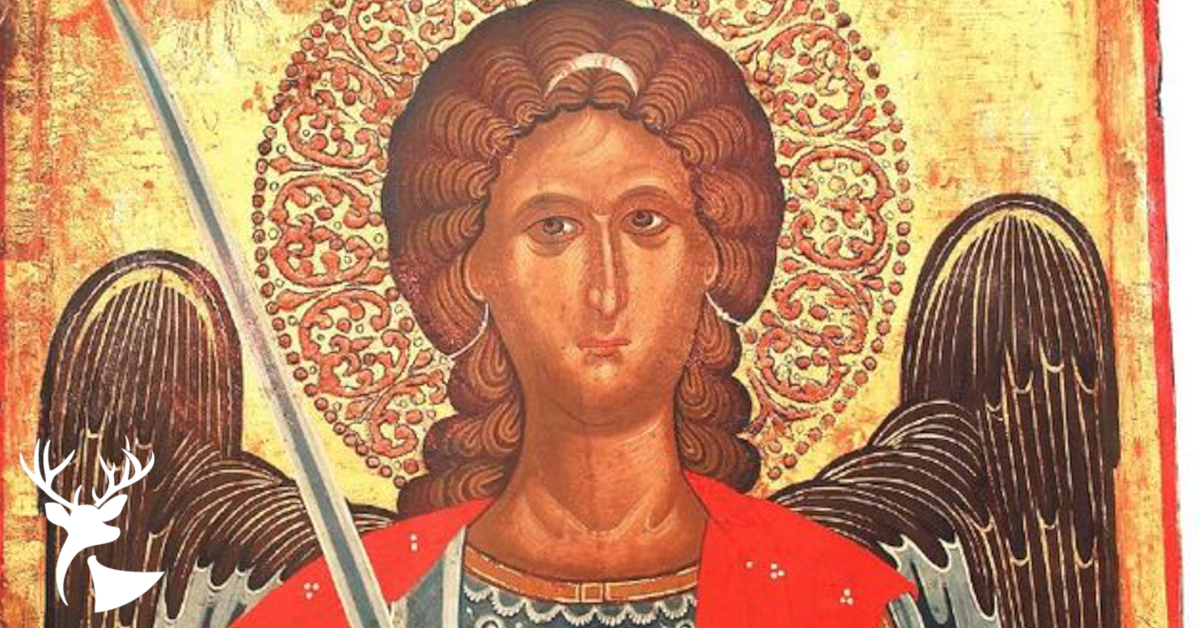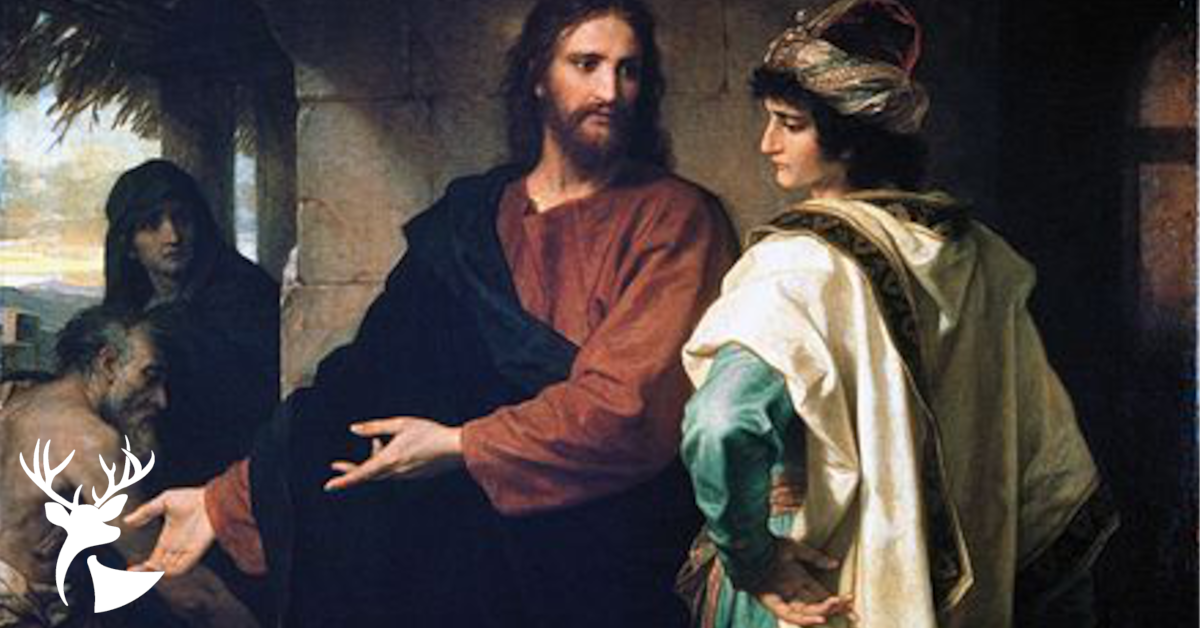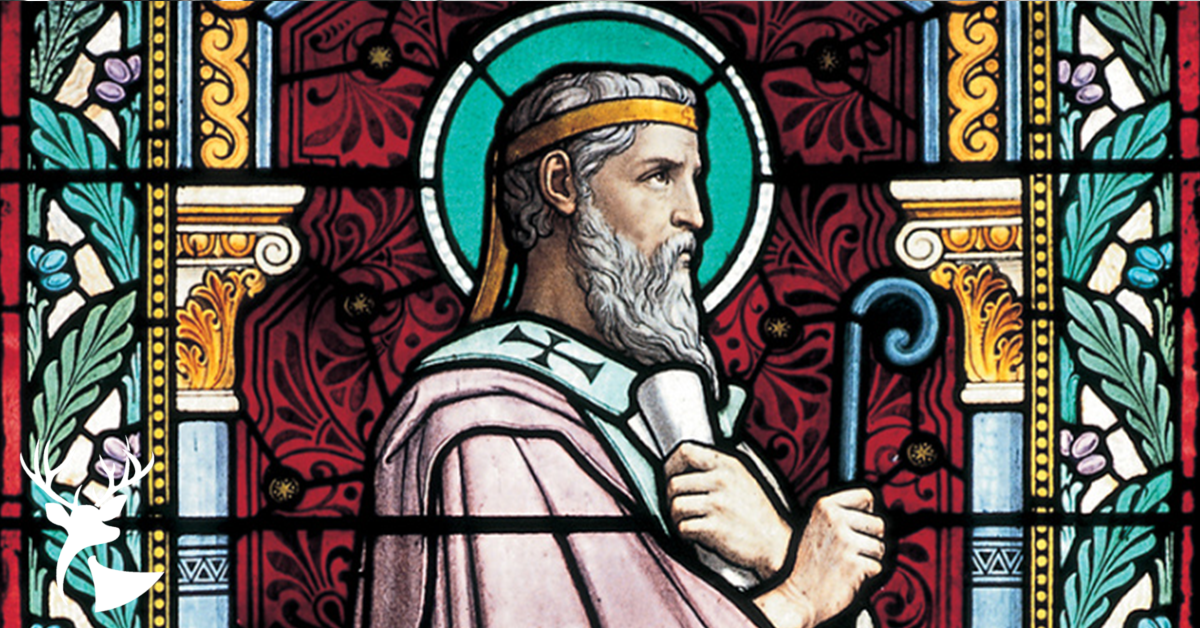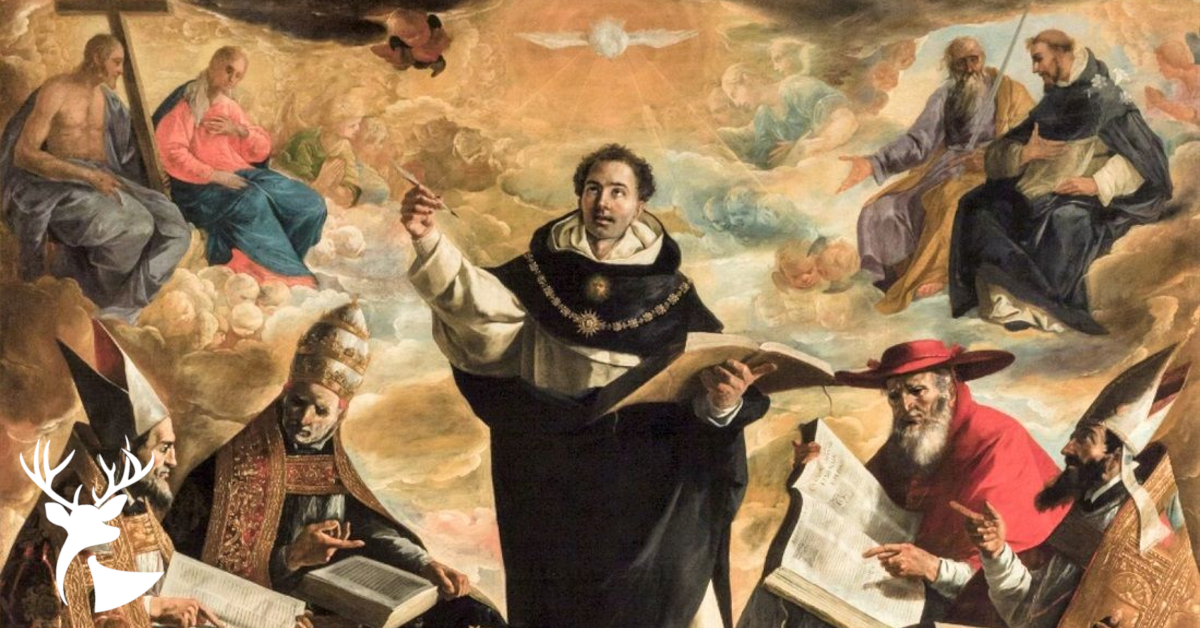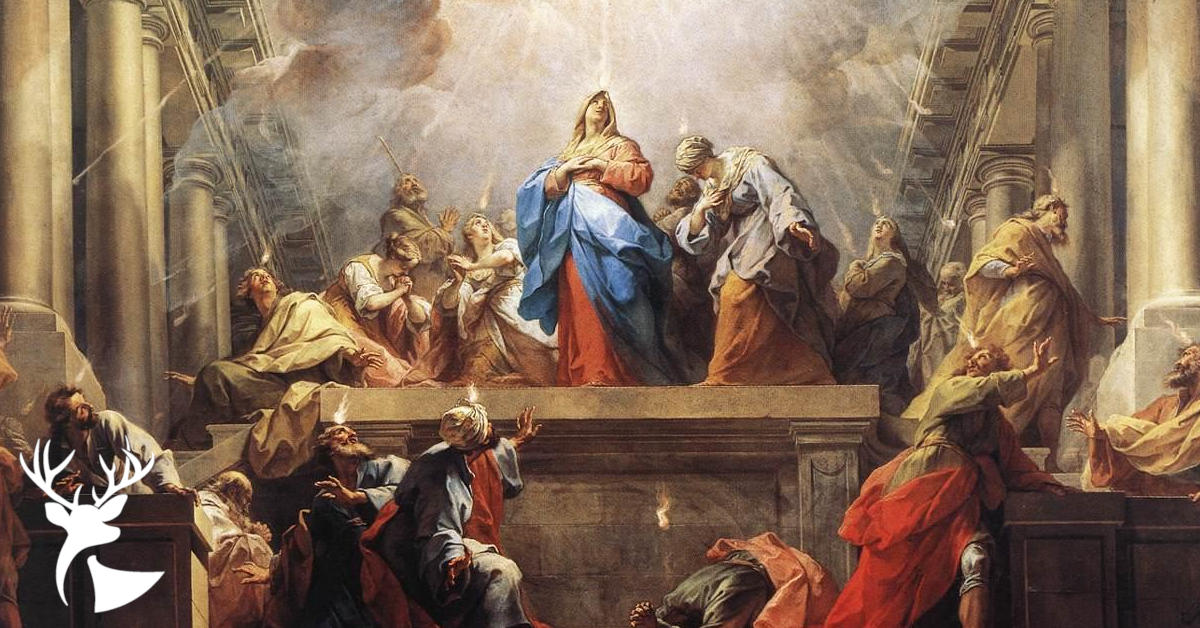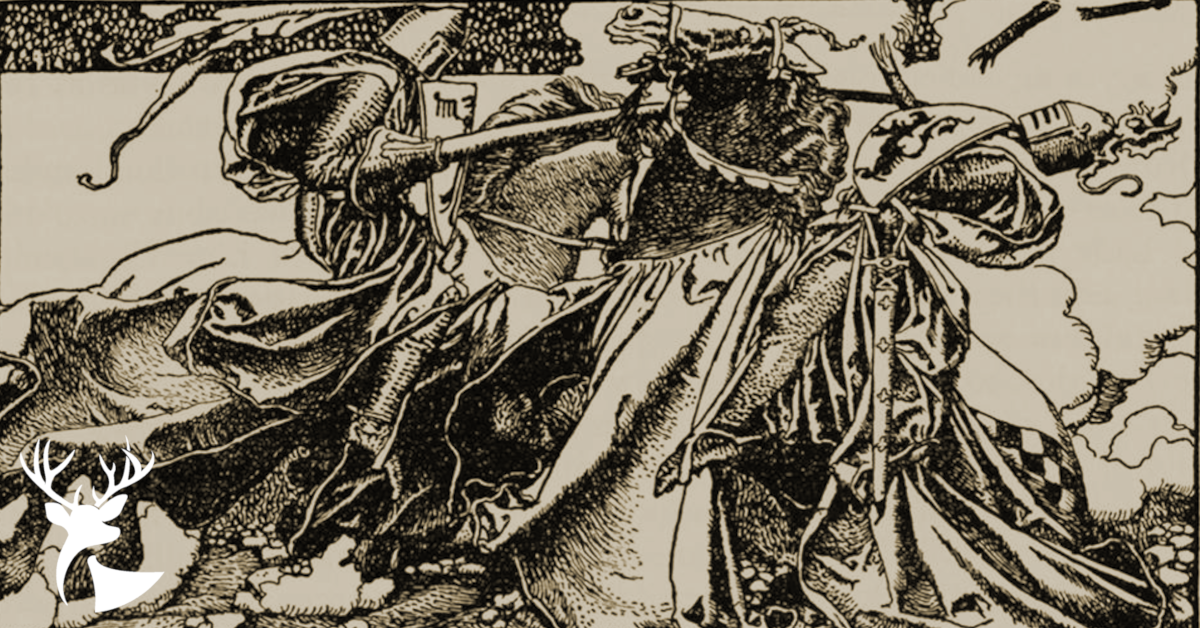
On King Arthur & the Woman with the Issue of Blood
By Dcn. Harrison Garlick
June 27, 2021
Given on Sunday, June 27th, 2021, the 13th Sunday of Ordinary Time (Year B), at the Parish of Christ the King in Tulsa, Oklahoma
← Return to HomiliesStay Connected!

On King Arthur & the Woman with the Issue of Blood
By Dcn. Harrison Garlick
June 27, 2021
Given on Sunday, June 27th, 2021, the 13th Sunday of Ordinary Time (Year B), at the Parish of Christ the King in Tulsa, Oklahoma
✠ In the name of the Father and of the Son and of the Holy Spirit ✠
The young King Arthur sat in his pavilion and before him laid the crushed and broken body of one of his young knights. The young knight – who still lived – told King Arthur about a mysterious knight fully clad in black armor who dwelt deep in the forest. The young knight had challenged the knight in all black, known as the Sable Knight, to a joust and had been soundly defeated. The Sable Knight had helped the young man back on to his horse and sent him riding back into the forest. Yet, the Sable Knight had done one curious and dishonorable act—he had kept the young knight’s shield as trophy.
King Arthur loved the young knight and his love for him moved him to act. While his other knights asked for permission to challenge the Sable Knight, King Arthur decided that he, himself, would challenge the knight to teach him humility. Donning his armor and mounting his milk-white war horse, the good King Arthur rode through the forest alone toward the stronghold of the Sable Knight. His heart was full of joy and courage, and he chanted a song to himself as he rode among the trees.
At last King Arthur came to long stone bridge spanning a river running through the forest. In the middle of the bridge a black shield was hung and beside it a brass hammer. On the far side of the bridge, King Arthur observed a large apple tree and amongst the branches hung the shields of defeated knights. King Arthur pushed his horse forward and observed that a sign with great red letters hung underneath the black shield, and it read: “Whoever hits this shield, does so at his great peril.”
King Arthur, having read these words, grabbed the brass hammer and struck the black shield with such a violent blow that it echoed throughout the whole forest. King Arthur was not afraid. In answer to the strike upon the shield, a knight armored in all black rode forth to take his place on the far end of the stone bridge. The knight in black, the Sable Knight, told King Arthur he would take his shield and place it in the apple tree with all the others. Arthur, in turn, said he would humble the Sable Knight for his dishonor to the young knight and all the others.
Words being at an end, the two took their places in an adjacent field. Each sat upon his war-horse and each held in front of them a long ashen spear. Then the “two rushed forth like lightening, coursing across the ground with such violent speed that the earth trembled and shook beneath them.” They met in the center of that field, “crashing together like a thunderbolt” with such violence that both spears shattered upon the armor of the other. Grabbing new spears, they crashed into each other again, and again, until, tired and wounded, they drew their swords and fought on foot until both King Arthur and the Sable Knight were bloodied and broken—the match was at a draw.
King Arthur retired to the hut of a forest hermit. While he was tended to with prayers and medicine, King Arthur contemplated how to again challenge the Sable Knight and be victorious. The Sable Knight, however, was his equal, and King Arthur needed an advantage.
Here, Arthur was led to an enchanted lake surrounded by lush and fragrant flowers that held an item of incredible power. In the middle of the lake a woman’s arm extended from the water and held the most beautiful sword King Arthur had ever seen—it was the sword, Excalibur. The only way to reach the sword was a boat carved of solid brass. If you had fear in your heart, the boat would sink beneath the waves and take you with it. If you had courage, the boat would float. Many knights had lost their lives in that lake, but King Arthur remained courageous and drew Excalibur from the lake. And, in short, armed with Excalibur, he returned to challenge the Sable Knight and defeated him soundly.
The narrative of King Arthur and the Sable Knight is one of courage and overcoming obstacles, and the sword Excalibur has long been held to be a symbol of faith. As it was necessary for King Arthur to wield Excalibur to overcome the Sable Knight, so too is it necessary for us to wield faith to overcome our trials.
In today’s Gospel, Mark provides us with two such examples. It was by faith that the woman with the issue of blood pushed through the crowd that considered her unclean to touch the hem of Jesus’ robe. It was by faith that Jairus disregarded the opinion to not bother Jesus anymore because his daughter had died.
We may think these obstacles are not as glorious or daunting as a knight clad in black, but they are the obstacles that easily defeat us time and time again. How often does the opinion of the crowd keep us from reaching Jesus? How many times does the advice and opinion of others turn us back from what Jesus has told us he would do?
Today’s gospel is a reminder that you cannot serve both Jesus and this world. Faith, like Excalibur, must be wielded to cut through the trials and temptations of this life.
As the chasm between our culture and our Gospel continues to grow, may our faith help us to cling to Jesus no matter the opinions of this world.
✠ In the name of the Father and of the Son and of the Holy Spirit ✠
More Reading

Dcn. Harrison Garlick serves as a Great Books Tutor for the Alcuin Institute, and is the Chancellor of the Diocese of Tulsa.


